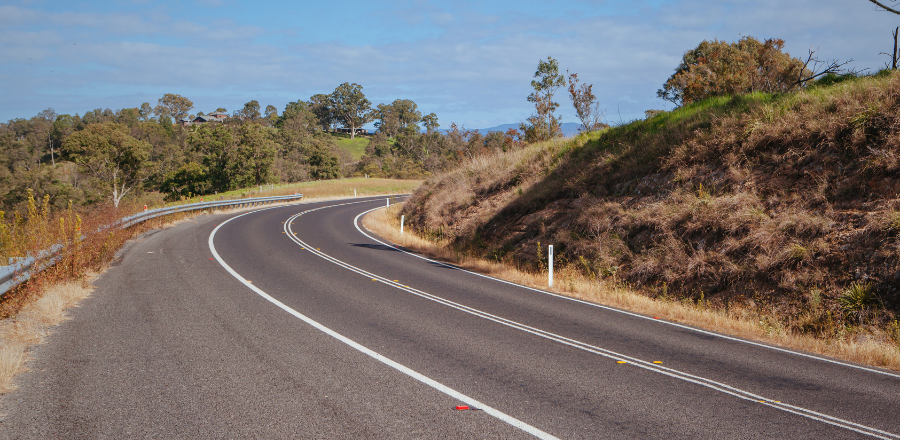Recent public comments that the Australian Government has failed communities recovering from the Black Summer Bushfires and other natural disasters are false and misleading.
“Don’t believe everything you read on social media. The Morrison Government has committed and spent billions on disaster recovery including bushfires,” said Coordinator-General, the Hon Shane L Stone, AC QC.
Of the 80 recommendations from what’s commonly called the Bushfire Royal Commission, the Australian Government is either directly or jointly responsible for more than 50. The States and Territories also have responsibilities.
“Half of the 15 recommendations the Commonwealth is directly responsible for have been completed and the remainder well on track. This includes measures directly supporting survivors before, during and after natural disasters,” Mr Stone said.
Over the past decade more than $12 billion has been provided to the states and territories through the joint Commonwealth-State/Territory Disaster Recovery Funding Arrangements (DRFA) to restore vital community assets, support longer term recovery and to help reduce the social, economic, physical and personal impacts of future disasters.
During 2020-21, DRFA was activated for 45 disaster events in 362 Local Government Areas across Australia, many areas being activated more than once. Since 1 July, the DRFA has been activated for seven events, assisting 19 LGAs.
In addition to DRFA, the Australian Government has directly funded communities, including:
· $2.5 billion for communities devastated by the Black Summer Bushfires. This includes $1.7 billion from the $2.1 billion National Bushfire Recovery Fund, with a further $280 million in grants soon to be rolled out, assessed on need and merit.
· The first of three grants streams under the $600 million Preparing Australia Program. Guidelines have been published ahead of the grants opening on 10 December.
· Over $862 million for the 2019 North Queensland floods.
“There are many other ways communities have and continue to be supported by the Australian Government. On top of these there is the Emergency Response Fund (ERF), a dedicated investment fund. There has been some misleading commentary around the ERF – it’s a future fund of last resort,” Mr Stone said.
The Emergency Response Fund Act 2019, which passed with strong bi-partisan support, determines how the fund can be accessed. Each financial year the Government can draw:
· Up to $50 million to build disaster preparedness, risk reduction and long-term sustainability. A further $50 million from the ERF will fund priority work under Round 2 of the National Flood Mitigation Program.
· $150 million for emergency response and recovery following disasters that have a significant or catastrophic impact if the Government determines that existing arrangements are not sufficient.
“The ERF tops up the many billions the Australian Government already spends on disaster response, recovery and preparedness, if needed. The interest earned ensures a significant funding pool is available for future generations. Claims that the ERF has sat idle earning interest is fake news,” Mr Stone said.








